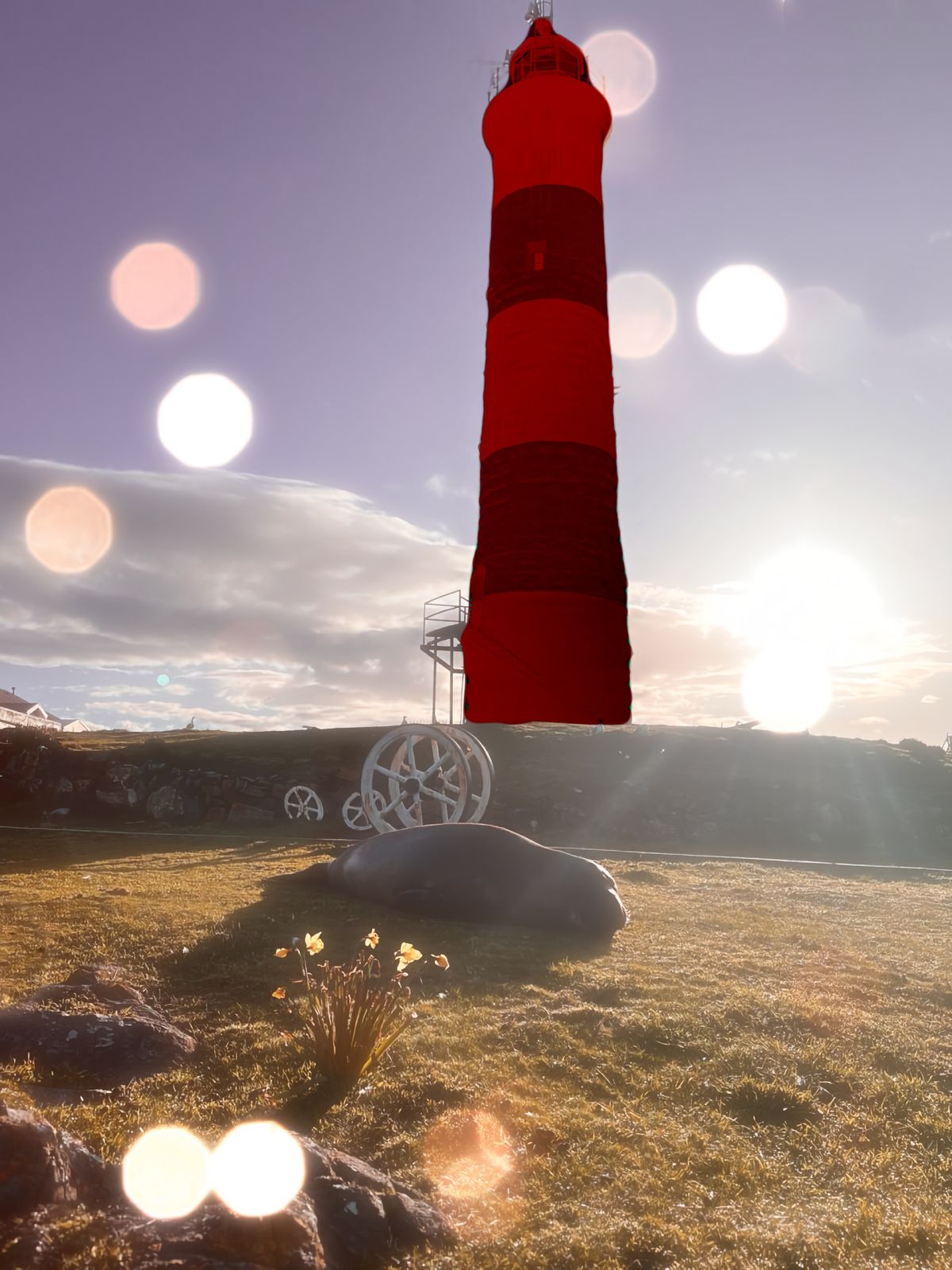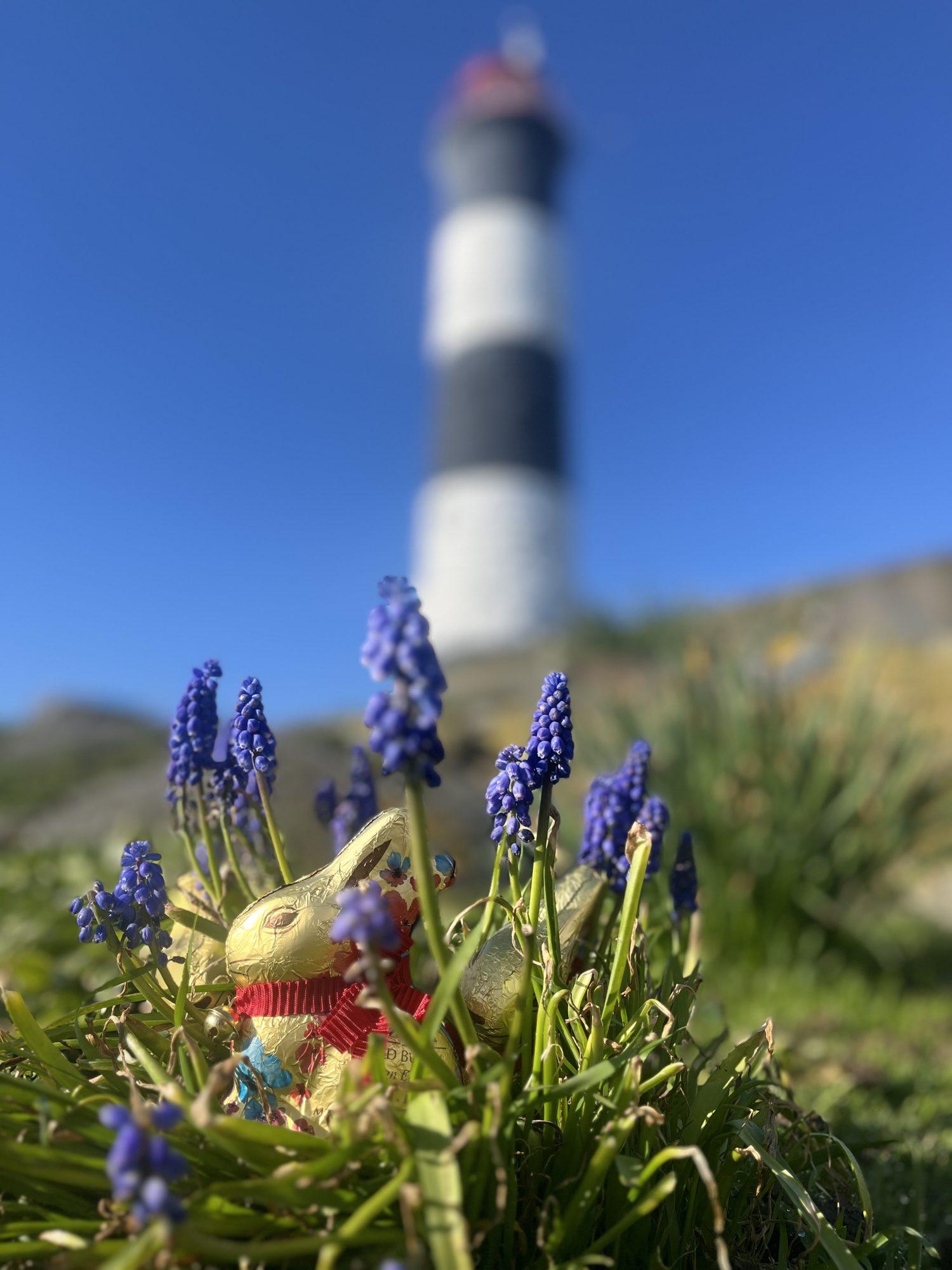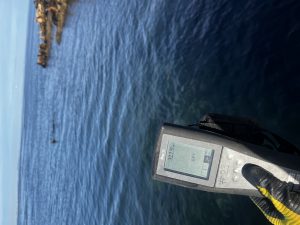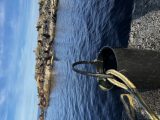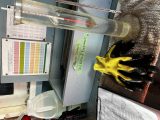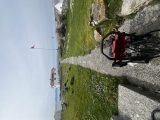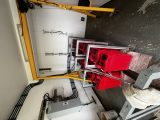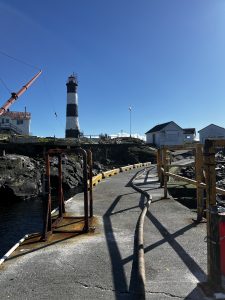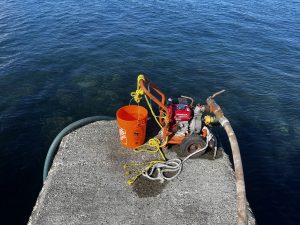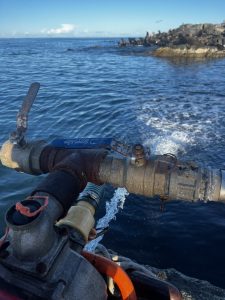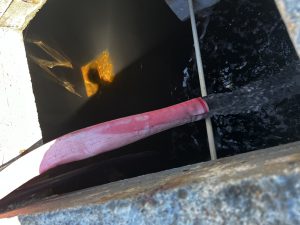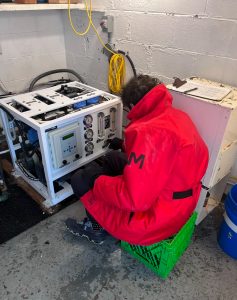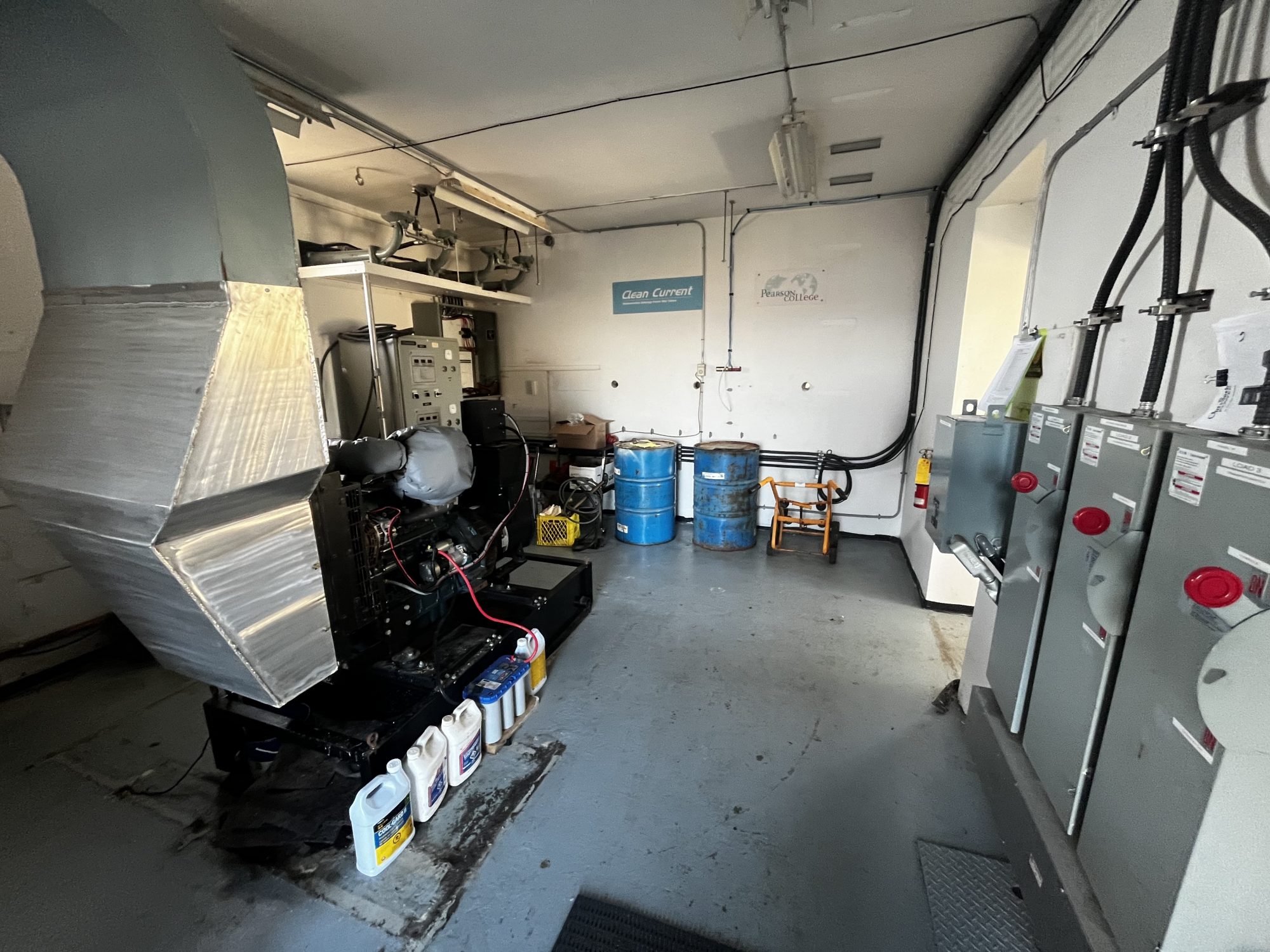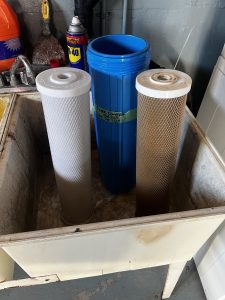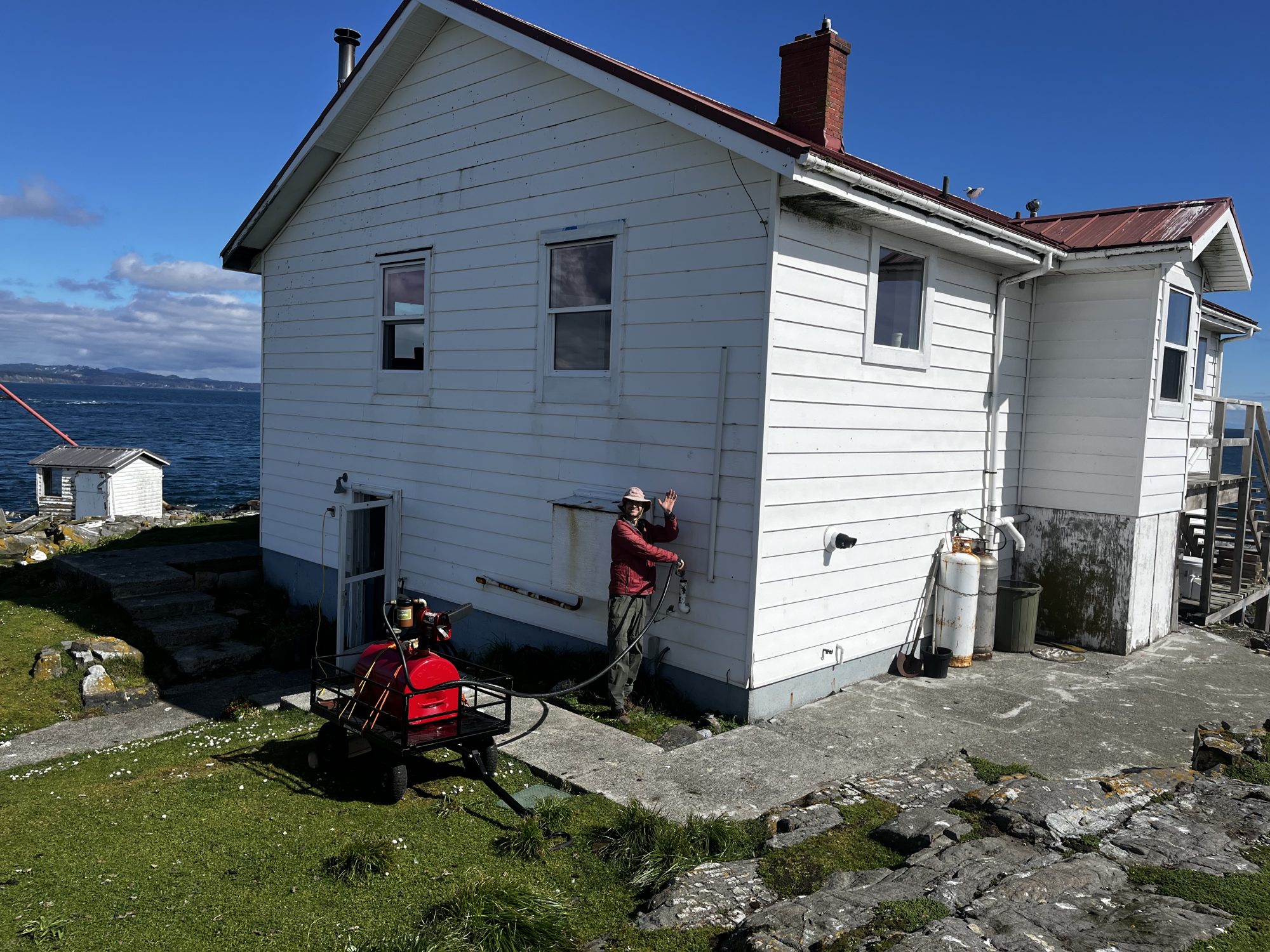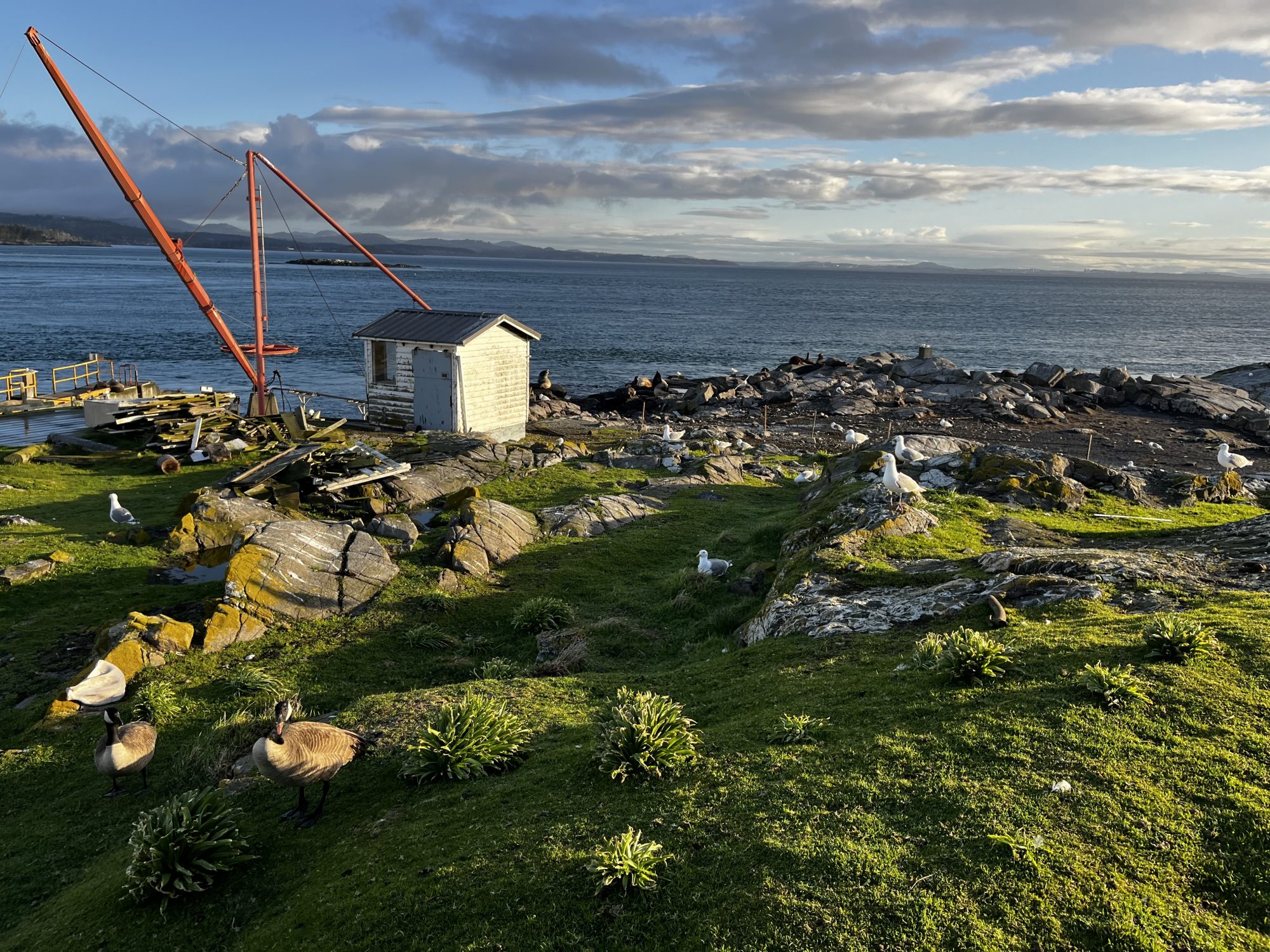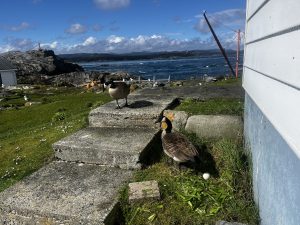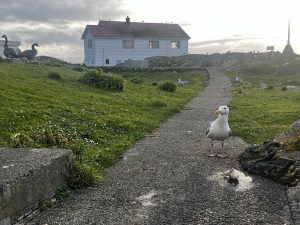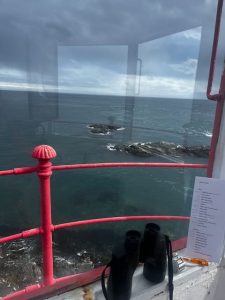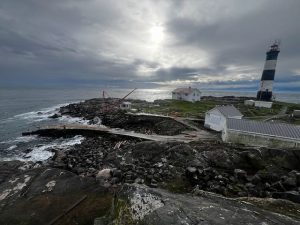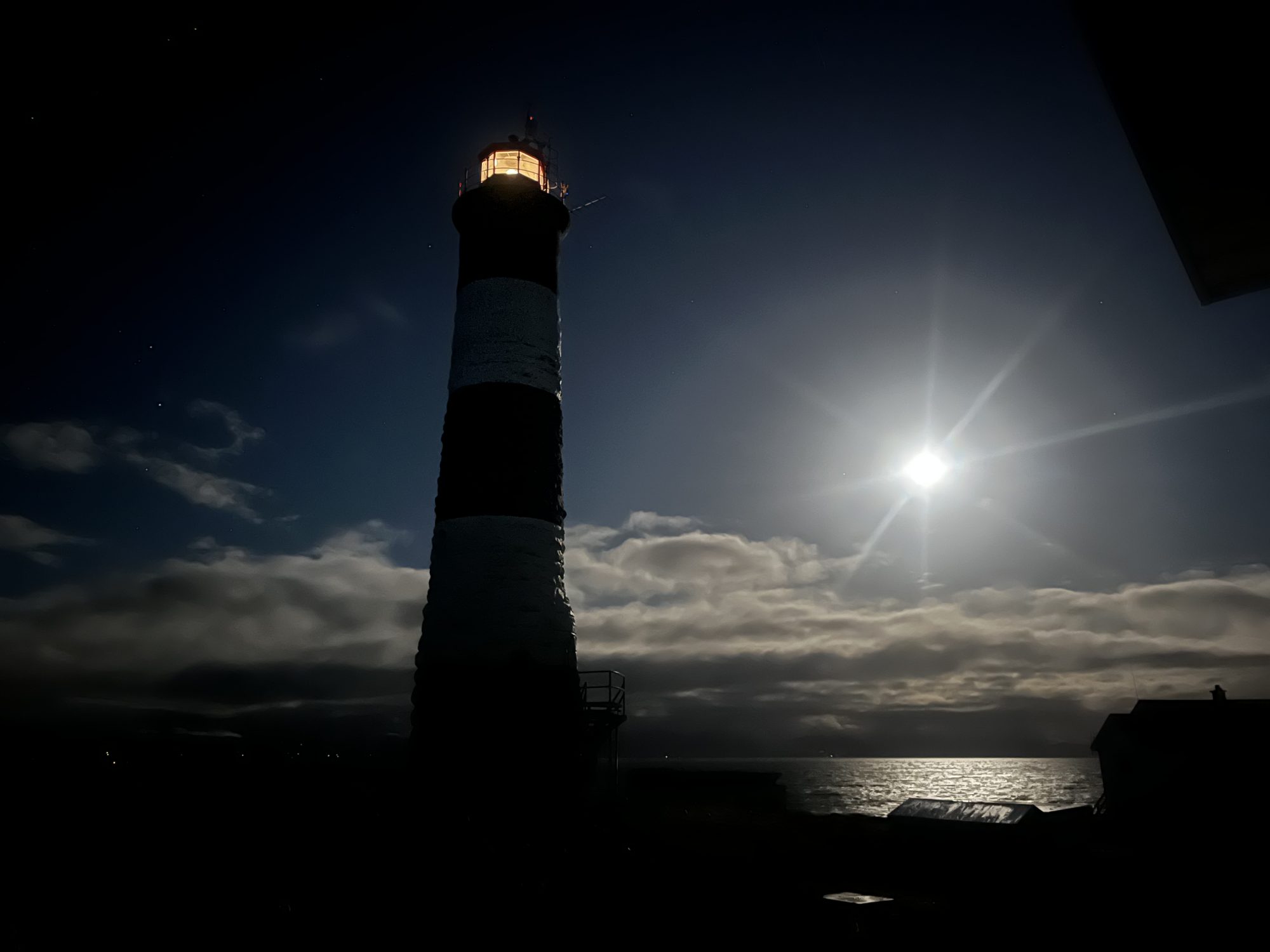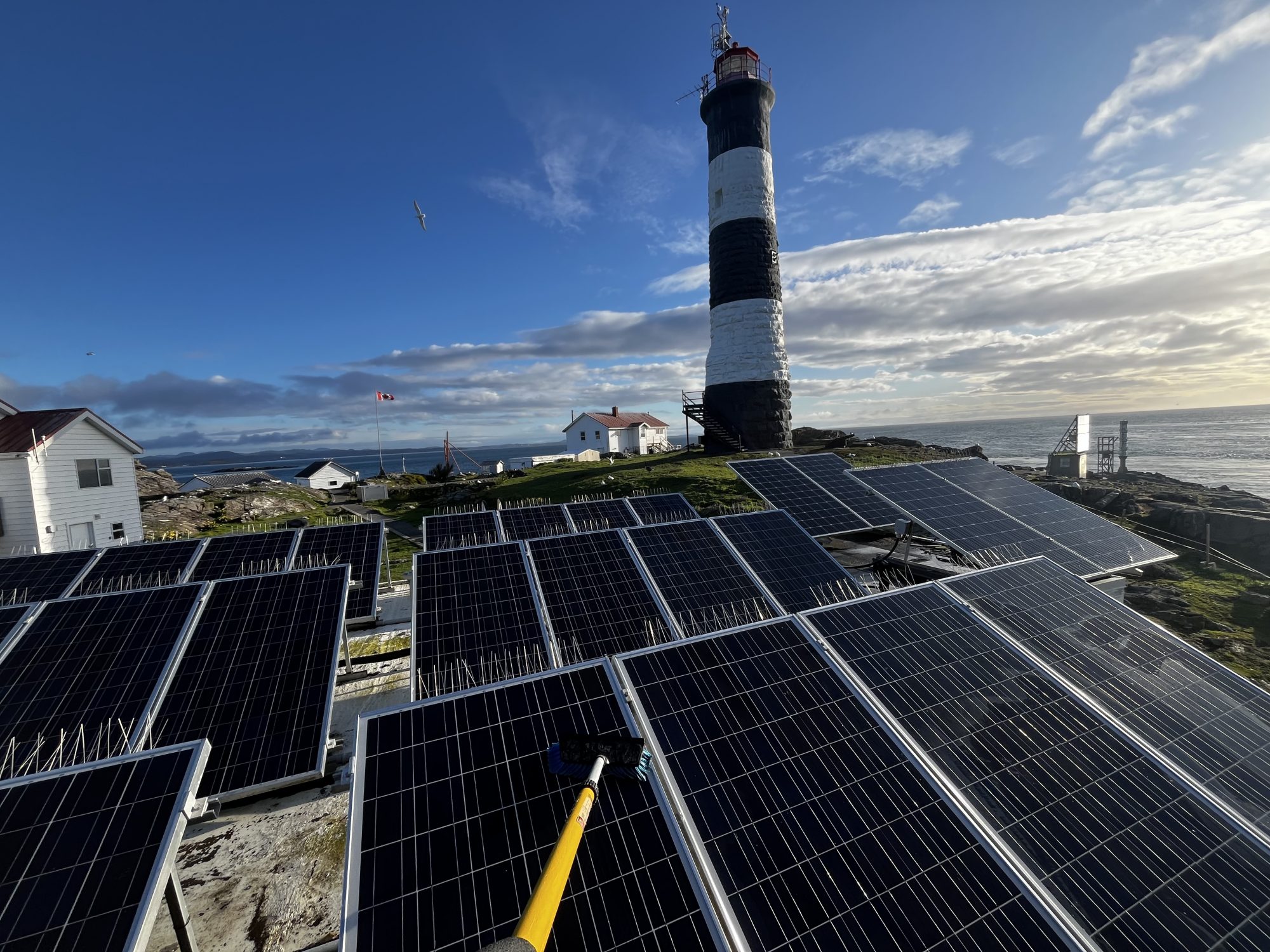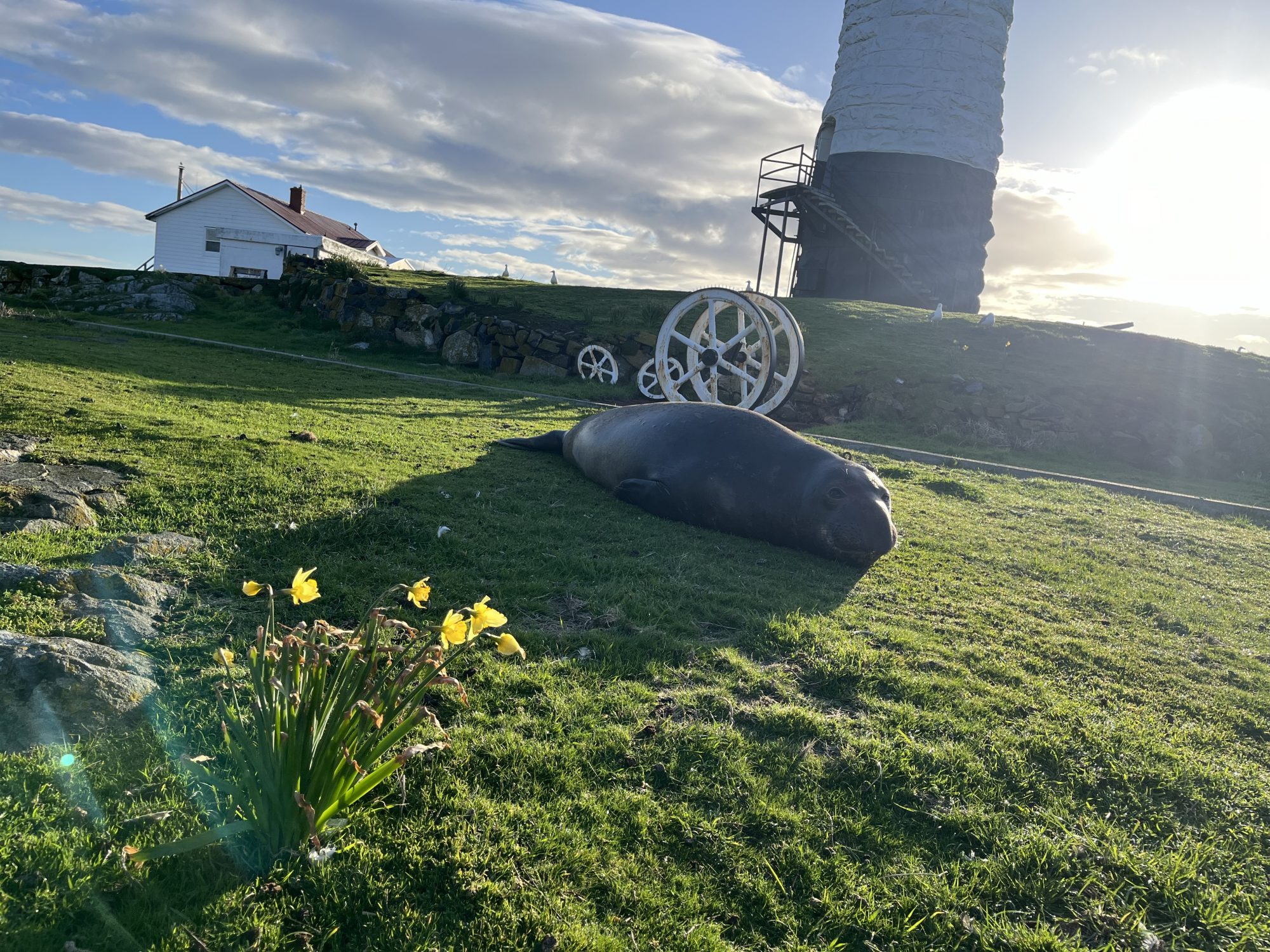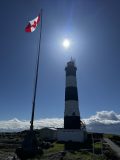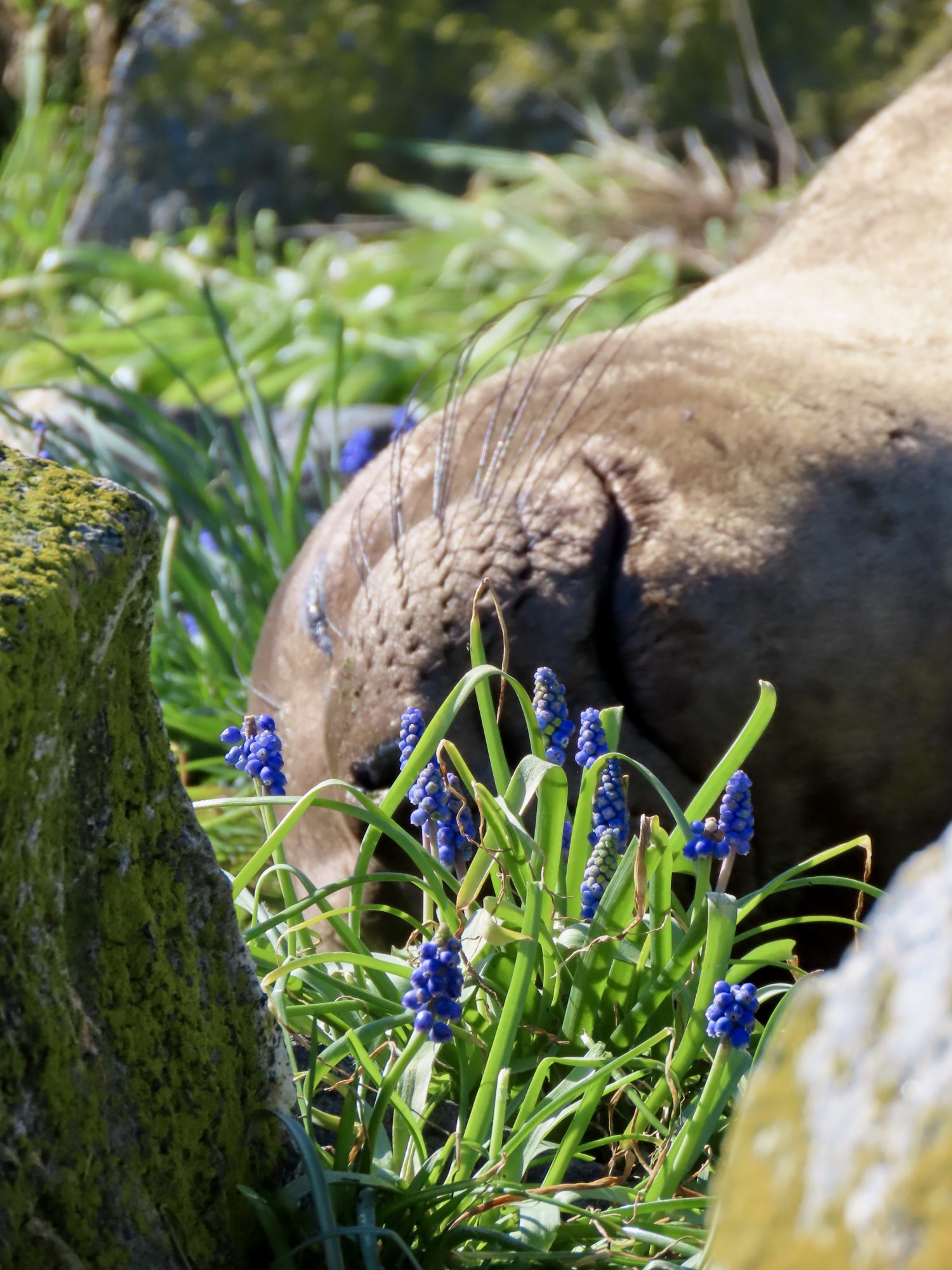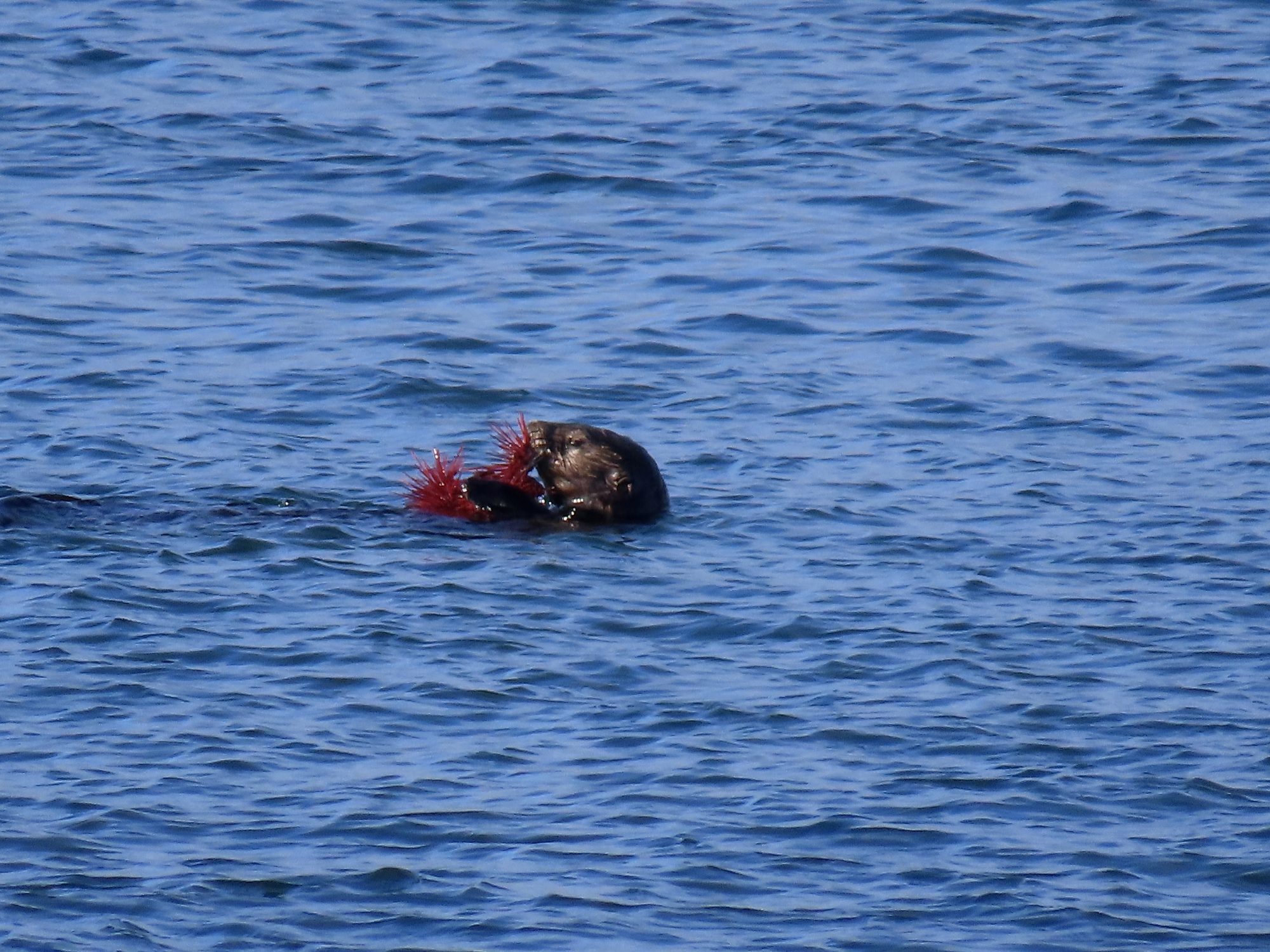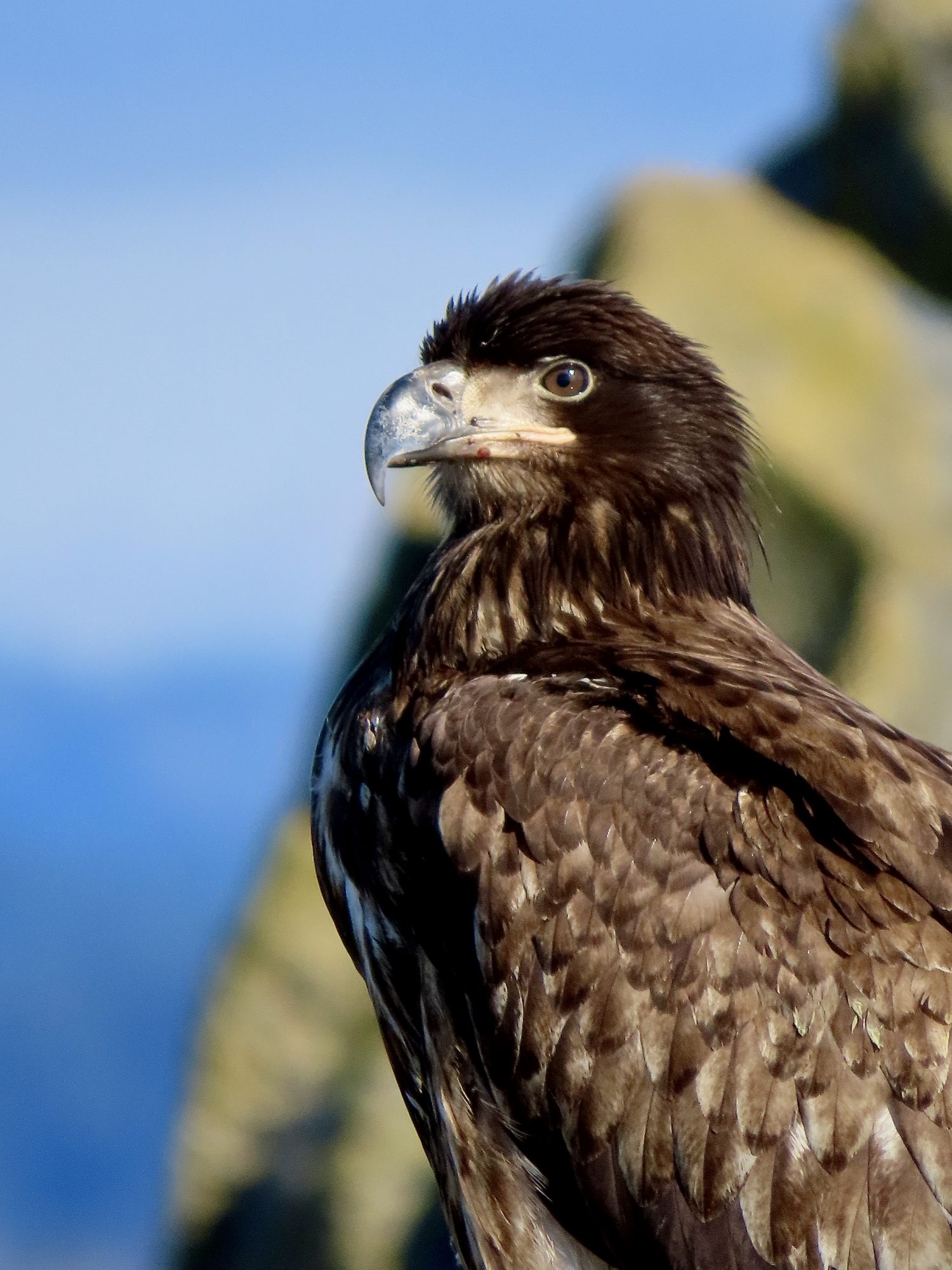[FOR IMMEDIATE RELEASE]
Revolutionising Lighthouse Illumination with AI Technology
In a groundbreaking development for maritime safety and coastal aesthetics, we are proud to announce that Race Rocks has been chosen as a trial site for the world’s first AI-powered system designed to dynamically to alter light house colour schemes. Developed by some of the world’s leading AI firms, the new system promises to enhance navigational guidance while continuing Race Rocks’ proud tradition of digital innovation in protecting coastal landscapes.
Traditionally, lighthouses have maintained a static colour scheme, providing vital navigation aid to seafarers. However, with the new Automated Palette Regulation Intelligent Lighting For Oceanic Observation & Luminosity System, Race Rocks lighthouse will for the first time be able to adapt its illumination in real-time, optimising visibility and aesthetics simultaneously.
Powered by advanced artificial intelligence algorithms, the system ensures optimal colour selection based on weather conditions, visibility range, and time of day.
C Lyon, director of mammalian affairs, commented:
“Our aim in bringing AI to Race Rocks is to marry safety and beauty along Vancouver Island’s coastline. By harnessing this exciting new technology, we can offer dynamic colour schemes that not only enhance navigational clarity but also elevate the visual appeal of lighthouses, enriching the coastal experience for locals and visitors alike.”
As a testing ground for AI deployment in lighthouses across the Pacific Northwest, a range of colour schemes have been proposed to showcase its versatility:
- Ocean Blue Serenity: A calming blue hue, perfect for clear nights and tranquil seas.
- Sunset Glow: Warm tones of orange and pink evoke the magic of a coastal sunset, ideal for twilight hours.
- Emerald Beacon: A vibrant green reminiscent of coastal foliage, enhancing visibility against rocky shores.
- Starry Night: Deep indigo with specks of white, creating a celestial spectacle against the night sky.
In deploying the Automated Palette Regulation Intelligent Lighting For Oceanic Observation & Luminosity System, lighthouses are not just beacons of safety – they become symbols of innovation and beauty, illuminating the way forward for coastal communities.
For further information please contact Elle P. Hantseal at 48.2983N | 123.531W.
[Race Rocks, 1 April 2024] hey Jeremias,, what a coincidence with April fools day…lol
=== ENDS ===

